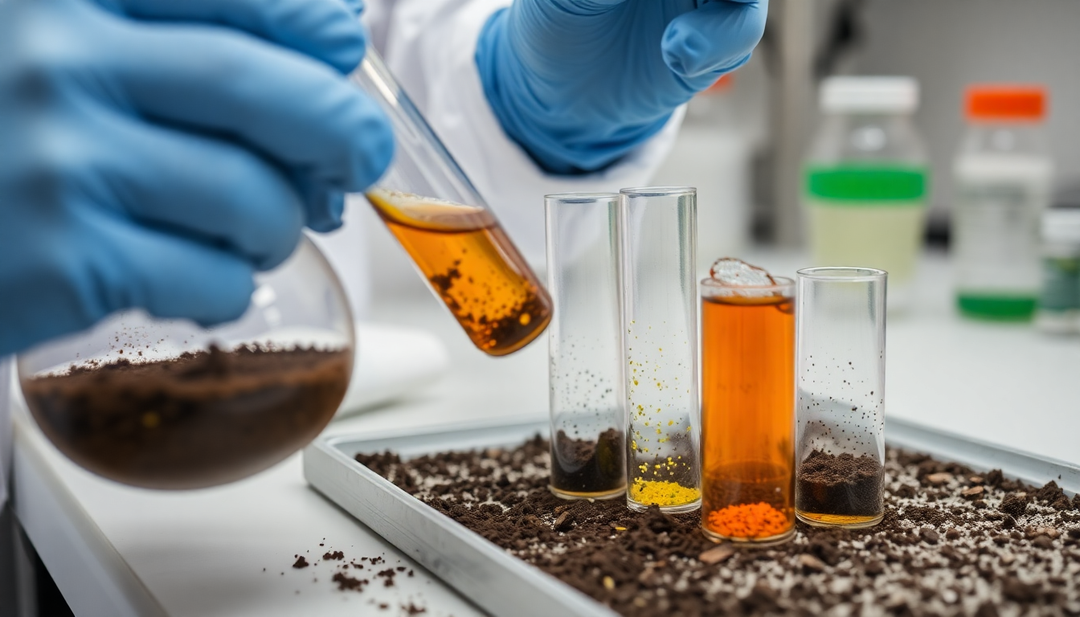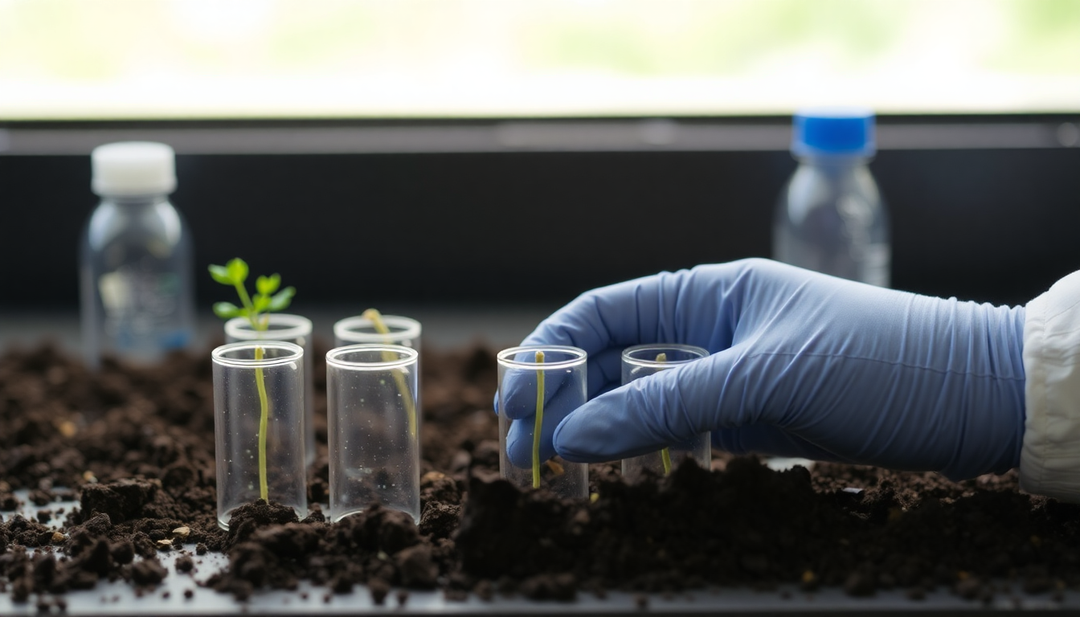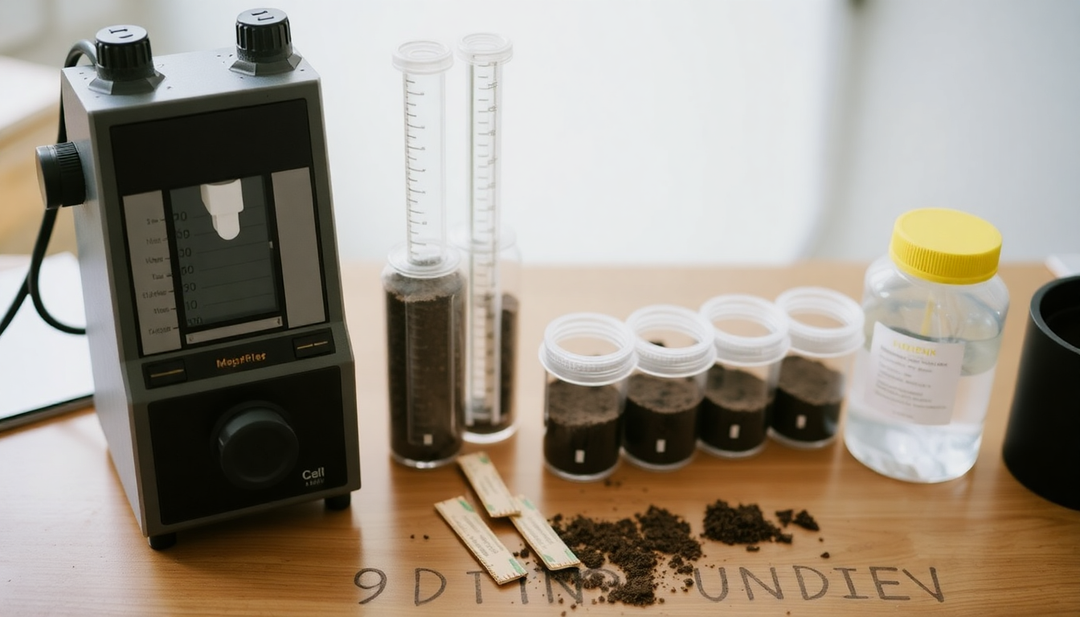Soil Analysis in 2025: Strategies for Assessing Pollution by Heavy Metals, PAHs and PCBs

Introduction
In 2025, soil testing has become a major issue for environmental protection and public health. Pollution by heavy metals, polycyclic aromatic hydrocarbons (PAHs), and polychlorinated biphenyls (PCBs) is a growing concern as industrial and urban activities continue to grow. This article examines effective strategies for assessing this pollution, emphasizing the importance of testing, the diagnostic process, relevant case studies, and practical advice for individuals and professionals.
Why is soil analysis essential?
Soil testing is crucial for several reasons:
- Public health protection: The presence of heavy metals and contaminants such as PAHs and PCBs can have adverse effects on human health, including respiratory diseases, neurological disorders and cancers.
- Environmental Preservation: Soil pollution can contaminate groundwater and affect local ecosystems, harming biodiversity.
- Site rehabilitation: Analyses make it possible to identify areas requiring decontamination and to implement effective rehabilitation strategies.
- Regulatory Compliance: Businesses must comply with environmental regulations regarding waste management and soil protection.
Diagnostic process to assess pollution
The diagnosis of soil pollution takes place in several key stages:
- Preliminary assessment: This step involves gathering information on the site's history, past activities, and previous analysis results, if available. This helps target areas at risk.
- Sampling: Soil samples should be collected from different areas and depths. It is crucial to follow strict sampling protocols to avoid cross-contamination.
- Laboratory Analysis: Samples are analyzed for the presence of heavy metals, PAHs, and PCBs. Analytical methods include mass spectrometry and chromatography.
- Interpretation of results: The results of the analyses must be interpreted by experts to assess the levels of contamination and the associated risks to human health and the environment.
Case studies
Several case studies illustrate the importance of soil analysis:
- Brownfield site: A former chemical manufacturing site has revealed alarming levels of heavy metals, including lead and mercury, requiring rapid intervention to prevent groundwater contamination.
- Urban area: In one city, tests conducted in public parks showed worrying concentrations of PAHs, prompting authorities to implement cleanup measures and educate the public about the associated risks.
- Proximity to busy roads: Studies have shown that soils near busy roads often contain high levels of heavy metals due to vehicle emissions, highlighting the importance of monitoring these areas.
Practical tips for soil analysis
For an efficient and reliable analysis, it is recommended to:
- Hire experts: Hire professionals who specialize in environmental analysis to ensure quality results.
- Use appropriate sampling methods: Ensure that sampling is carried out under controlled conditions to avoid contamination.
- Interpreting results with experts: Proper interpretation of results is crucial to determining what action to take.
- Inform the community: Share analysis results with the local community to raise awareness of risks and prevention measures.
- Implement corrective actions: If contamination levels are detected, work with specialists to develop an effective remediation plan.
Industry News
In 2025, soil testing regulations are evolving. Air and soil quality standards are being strengthened, with increasingly stringent transparency and accountability requirements for companies. New technologies, such as remote sensing and drone analysis, are emerging to facilitate soil pollution monitoring. Stay informed of legislative changes that could impact your testing and remediation projects.
Conclusion
Soil testing is an essential step in assessing heavy metal, PAH, and PCB pollution. By following the strategies mentioned above, you can ensure an accurate and effective diagnosis. Protecting our environment and public health is a shared responsibility. If you have any questions or need assistance with your soil testing, please contact Pouryère . Together, we can make a difference.



